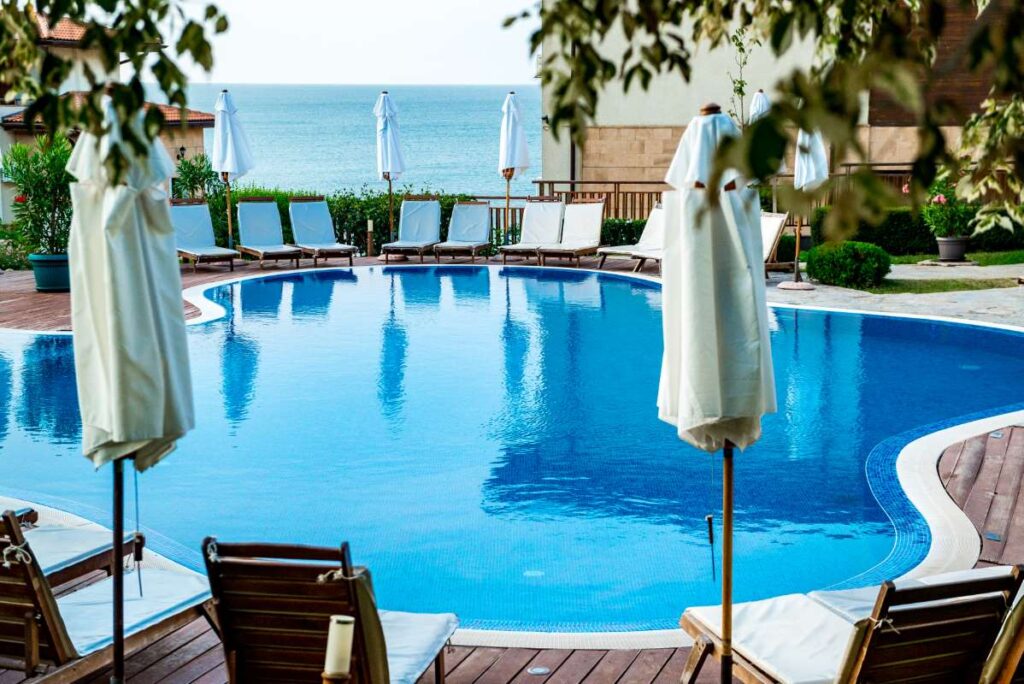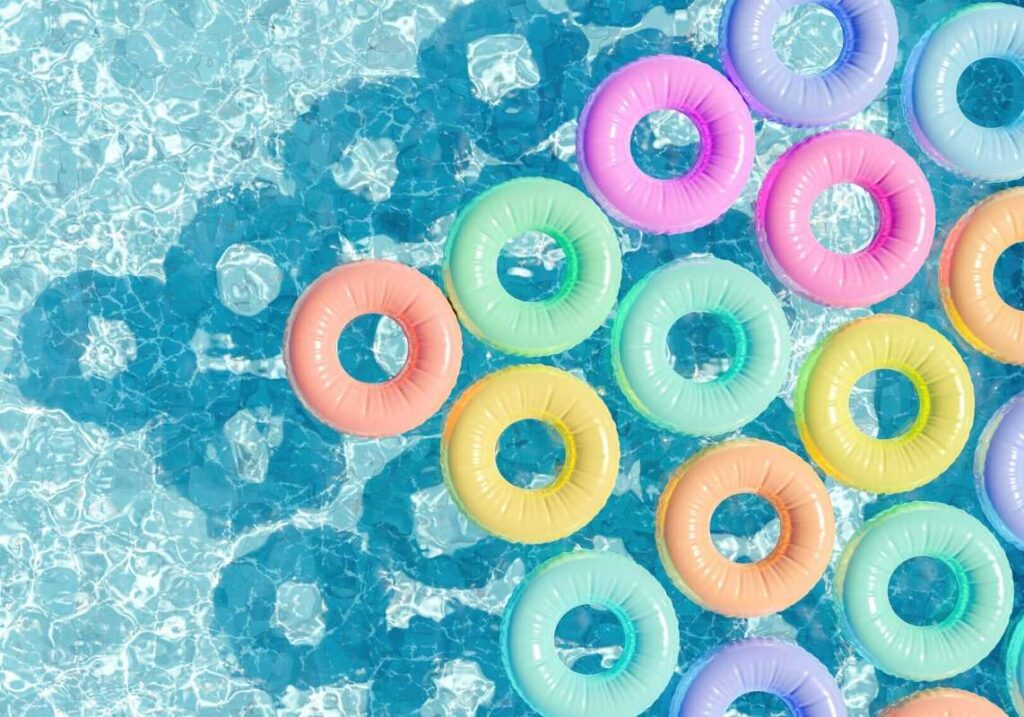Saltwater System Upkeep: Essential Tools and Techniques
Discover essential tools and techniques for maintaining a saltwater pool system, ensuring longevity and optimal performance for your aquatic oasis.
Maintaining a saltwater pool system requires a unique understanding of its components and regular upkeep to ensure a clean and safe swimming environment. Unlike traditional chlorine pools, saltwater systems generate their own chlorine through a process called electrolysis, which can simplify maintenance but also demands specific care and attention. In this blog post, we will explore essential tools, techniques, and best practices necessary for effective saltwater system upkeep. From testing water chemistry to understanding the equipment involved, we aim to equip you with the knowledge needed to keep your pool sparkling year-round.
Understanding Saltwater Systems
– Saltwater pools operate using a salt chlorine generator, which converts salt into chlorine. This process helps to maintain water clarity and sanitize the pool without the harshness of traditional chlorine.- The salinity levels in saltwater pools are much lower than that of seawater—typically between 2700 to 3400 parts per million (ppm).- Regular monitoring of these levels is crucial, as fluctuations can lead to either excessive chlorine, causing skin irritation and eye discomfort, or inadequate sanitation, resulting in algae growth and cloudy water.Understanding the mechanics of your saltwater system is the first step toward effective upkeep. Familiarize yourself with the key components, including the salt chlorine generator, filter system, and any additional water management tools you may have.
Essential Tools for Saltwater Pool Maintenance
To keep your saltwater pool in optimal condition, you’ll need a range of tools designed for specific maintenance tasks. Here are some essential tools you should consider:- Test Kits: A reliable water testing kit is indispensable. Look for a kit that measures salinity, pH levels, chlorine levels, alkalinity, and calcium hardness. Regular testing—at least once a week—will help you maintain balanced water chemistry. – Saltwater Chlorine Generator: This unit is the heart of your saltwater system. Ensure it is clean and functioning correctly by checking the cell regularly for scale buildup and cleaning it as necessary.- Automatic Pool Cleaner: Invest in an automatic pool cleaner to help keep the pool floor debris-free. Many models are compatible with saltwater and can navigate efficiently in saltwater pools.- Skimmer and Brush: A skimmer net helps to remove leaves, debris, and bugs from the surface, while a pool brush is essential for scrubbing walls and steps to prevent algae growth.- Water Vacuum: For deeper cleaning, a vacuum specifically designed for saltwater pools can help eliminate dirt and debris that settles at the bottom.- Chemical Adjusters: Have a stock of sodium bicarbonate (for alkalinity adjustment), muriatic acid (for pH adjustment), and calcium chloride (if calcium hardness needs boosting).Regularly using these tools not only ensures cleanliness but also contributes to the longevity of your saltwater pool equipment.
Maintaining Water Chemistry
One of the most critical components of saltwater pool maintenance is managing water chemistry. Here’s how you can effectively maintain the balance:1. Regular Testing: Test your water chemistry at least once a week. Key parameters to monitor include: – pH Levels: Aim for a range of 7.4 to 7.6. If the pH is too high, use muriatic acid to lower it. – Chlorine Levels: Maintain a free chlorine level of 1 to 3 ppm. If levels are low, ensure your salt chlorine generator is functioning correctly. – Alkalinity: Keep total alkalinity between 80 and 120 ppm to help stabilize pH levels. – Calcium Hardness: Ideal levels range from 200 to 400 ppm; adjust as necessary to prevent corrosion or scaling.2. Shocking the Pool: Perform a periodic shock treatment, particularly after heavy usage or after a rainstorm, to eliminate contaminants and restore chlorine levels.3. Managing Salt Levels: Monitor salinity levels regularly. If they drop, you may need to add more salt to maintain the ideal concentration.4. Balanced Water: A well-balanced pool not only minimizes the risk of algae and bacteria growth but also protects your equipment from corrosion or scaling.Investing time in maintaining and testing your water chemistry ensures that your saltwater pool remains a safe and enjoyable space throughout the swimming season.
Understanding and Maintaining Your Equipment
The longevity of your saltwater pool system largely depends on the maintenance of its components. Here’s how you can ensure everything runs smoothly:- Salt Cell Maintenance: Periodically inspect your salt cell for any scale buildup. Depending on your water’s hardness, this may need cleaning every 3 to 6 months. Use a mixture of water and vinegar or a commercial cleaning solution designed for salt cells.- Filter Maintenance: Regularly check and clean your pool filter. Whether you have a sand, cartridge, or diatomaceous earth (DE) filter, proper maintenance will prolong its lifespan and ensure effective filtration.- Pump Maintenance: Ensure that your pump is operational and free from debris. Check for any leaks or unusual noises that might indicate a problem.- Winterizing Your System: If you live in an area with freezing temperatures, it’s essential to winterize your pool and equipment. Drain water from the filter, pump, and heater, and cover the pool to prevent dirt and debris accumulation.By understanding your system and performing routine maintenance on all equipment, you can prevent costly repairs and extend the life of your saltwater pool.
Best Practices for Saltwater Pool Care
Implementing best practices in your daily or weekly routine can greatly enhance the usability and lifespan of your saltwater pool. Here are some tips:- Regular Cleaning: Aim to clean your pool weekly. Skim the surface, brush the walls, and vacuum any debris at the bottom.- Proper Covering: Use a pool cover during the off-seasons or when the pool is not in use to minimize debris entry and reduce evaporation.- Monitor Usage: Keep track of how often your pool is used. Increased swimmer activity can lead to rapid changes in water chemistry, requiring more frequent testing and adjustments.- Educate Yourself: Take advantage of resources such as
Pool Routes Training for in-depth knowledge about maintaining your saltwater system.- Join a Community: Engage with local or online pool care communities to exchange tips and experiences. Forums and social media groups can provide insights into common challenges and solutions.Incorporating these best practices into your routine can transform your saltwater pool into a stress-free oasis, allowing you to enjoy the benefits of a well-maintained aquatic space.
Conclusion
In conclusion, maintaining a saltwater pool requires dedication and understanding of its unique systems and components. By employing essential tools and techniques such as regular water testing, cleaning, and equipment care, you can ensure that your pool remains a safe and inviting place for relaxation and enjoyment. The investment of time and resources in your saltwater system will pay off in the form of a beautiful and healthy swimming environment.Take action today by implementing these practices and consider enhancing your knowledge through resources like
Pool Routes How It Works or consulting with experts to ensure optimal pool maintenance. Your sparkling oasis awaits!



